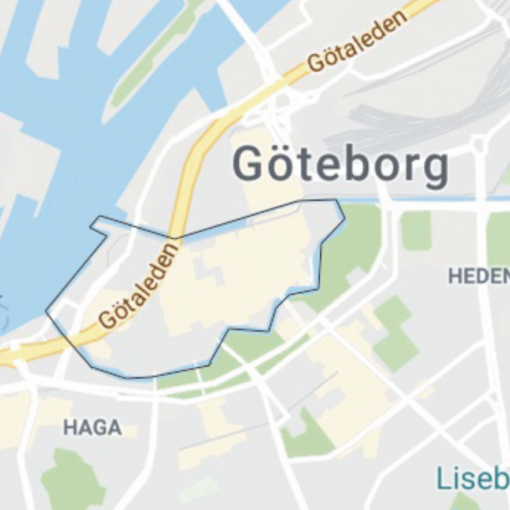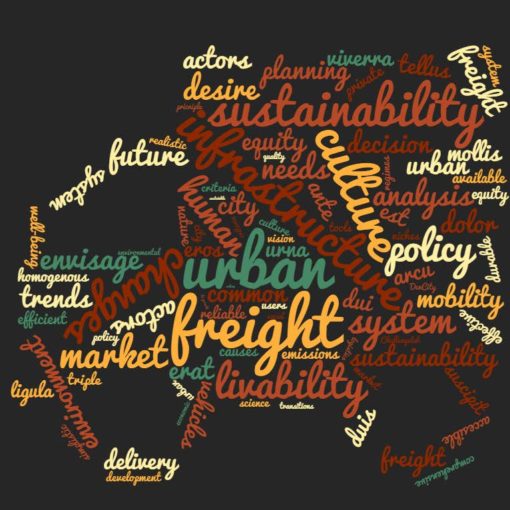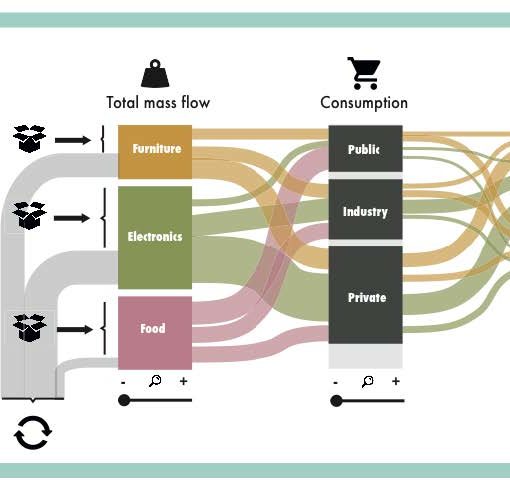GABRIELLA ERIKSSON & MARINA YARUTA (2018)

The world is experiencing an ever-increasing exploitation of resources and the demand of goods is affecting the global trade routes causing increased pressure on an efficient and sustainable transportation system. This raises questions on how to provide and apply innovative solutions to organize a functioning supply chain through port logistics to increase performance of the transport system. The purpose of this research is to map existing barriers faced to intermodal transportation in the perspective of Gothenburg’s port logistics. Furthermore, to explore whether any digital technologies have mitigation potential to increase the connectivity between the different transport modes, such as rail, sea and road. To pursue this aim, evident barriers and digital technologies, such as blockchain, cloud logistics, big data, sensors, automation and Internet of Things (IoT), are investigated and a proposal of the technologies that have mitigation potential are provided. This is supported by answering the following research questions:
- What are the barriers intermodal goods transportation faces today when trying to develop sustainable mobility flows in port logistics?
- How can digital technology act as mitigation for existing barriers?
The process of collecting data included the Delphi method, a systematic literature review, to research existing barriers in literature, and semi-structured interviews. Stakeholders from the local supply chain of port logistics and researchers from the city of Gothenburg contributed with their knowledge in both semi-structured interviews, a dialogue workshop and a Delphi data collection form. After analyzing the collected data, it was discovered that there are many existing barriers, found both in literature and during interviews, including some potential digital technologies that can be implemented for mitigation. However, the transport industry is old- fashioned and actors in the supply chain lack incentives to apply digitalization since the system works sufficiently as it is. To overcome these hindrances, emphasis must be put on increasing incentives in the industry for digital application by mitigating the greatest barriers identified as cost and price of transport, lack of reliability, capacity and communication. Automation of operations in the industry appears to be the most promising digital tool that could influence the industry by subsequently increasing incentives for digitalization. It was also found that by emphasizing the importance of digitalization with its many applications and collaboration between actors, stakeholders in Gothenburg port logistics could be influenced, thus bringing forward intermodality, i.e. sustainable transportation. It is therefore concluded, that actors need to communicate to enhance collaboration, use digital tools to mitigate barriers and increase utilization of existing capacity to cope with tomorrow’s societal demands. Consequently, the intermodal transportation system needs to prove its reliability by increasing its digital applicability in creating efficient transport, connecting everyone to a fair price.





